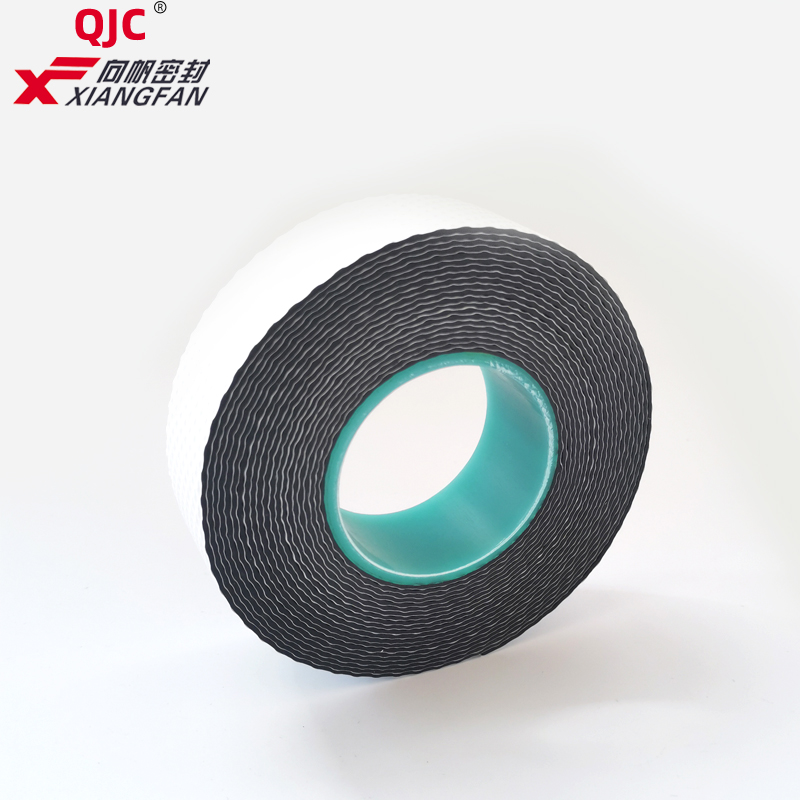The Importance of Fire-Resistant Adhesives in Modern Applications
In an age where safety and efficiency are paramount, the importance of fire-resistant materials cannot be understated. Among these, fire-resistant adhesives play a crucial role across various industries, ensuring structural integrity and enhancing safety in numerous applications. This article delves into the significance of fire-resistant adhesives, their applications, and the benefits they offer.
Understanding Fire-Resistant Adhesives
Fire-resistant adhesives are specially formulated bonding agents that can withstand high temperatures and prevent flame propagation. These adhesives are designed to maintain their strength and performance even in extreme conditions, which is particularly essential in environments where fire hazards are present, such as construction, aerospace, automotive, and electronics.
The composition of fire-resistant adhesives typically includes additives that enhance their thermal stability and flame retardancy. These can include phosphorus-based compounds, halogenated compounds, and other inorganic materials that not only resist burning but also do not emit harmful fumes when exposed to fire. The development of these specialized adhesives has led to improved safety standards in many applications.
Applications Across Industries
1. Construction Industry In building construction, fire-resistant adhesives are widely used for bonding insulation materials, wall panels, and flooring systems. Fire regulations demand that materials used in buildings meet specific fire resistance ratings, and these adhesives help in achieving compliance while ensuring the longevity of structures. They are particularly useful in high-rise buildings, where the risk of fire can pose significant threats.
2. Aerospace and Aviation The aviation industry faces stringent safety regulations to protect passengers and crew from fire hazards. Fire-resistant adhesives are essential for bonding components in aircraft interiors, such as seating, partitions, and paneling. These adhesives not only ensure that materials remain securely attached during flight but also contribute to the overall fire safety of the aircraft.
3. Automotive Manufacturing With the push towards lightweight and fuel-efficient vehicles, automakers are increasingly using composite materials that require reliable bonding solutions. Fire-resistant adhesives are crucial in various automotive applications, including the assembly of interior components, wiring harnesses, and battery systems in electric vehicles. As automotive technology continues to evolve, the demand for safe and reliable adhesives will only grow.
fire resistant adhesive

4. Electronics The electronics industry also benefits greatly from fire-resistant adhesives. As devices become more compact and powerful, the potential for overheating and fire increases. Using fire-resistant adhesives helps to mitigate these risks, providing durability and safety in products ranging from consumer electronics to critical medical devices.
Benefits of Using Fire-Resistant Adhesives
The incorporation of fire-resistant adhesives in manufacturing and construction brings several advantages
- Enhanced Safety The primary benefit is undoubtedly improved safety. By preventing the spread of flames and maintaining structural integrity, these adhesives help protect lives and property.
- Regulatory Compliance Many industries are subject to strict regulations regarding fire safety. Utilizing fire-resistant adhesives helps companies comply with these standards, avoiding potential legal issues and enhancing their reputation.
- Durability and Longevity Fire-resistant adhesives often exhibit superior bonding characteristics, ensuring that assemblies remain intact over time. This longevity translates into reduced maintenance costs and increased reliability in critical applications.
- Environmental Considerations Many modern fire-resistant adhesives are designed with lower environmental impact in mind, reducing harmful emissions during production and use.
Conclusion
As industries continue to prioritize safety and innovation, fire-resistant adhesives emerge as indispensable materials in various applications. Their ability to withstand high temperatures and prevent flame spread not only enhances safety but also supports regulatory compliance and improves product durability. As technology advances and the need for high-performance materials grows, the role of fire-resistant adhesives will undoubtedly become even more critical in shaping safer, more reliable environments across numerous sectors.
-
Self Amalgamating Tape: Redefining Electrical Insulation and ProtectionNewsAug.07,2025
-
Seal Strip Solutions: Revolutionizing Energy Efficiency and Comfort in Modern BuildingsNewsAug.07,2025
-
High Voltage Electrical Tape: Powering Safety and Reliability in Modern InstallationsNewsAug.07,2025
-
Flex Tape Waterproof: Transforming the Future of Instant RepairsNewsAug.07,2025
-
Elevate Electrical Safety Standards with High-Performance PVC Electrical TapeNewsAug.07,2025
-
Butyl Rubber Tape: The Ultimate Solution for Reliable Sealing and WaterproofingNewsAug.07,2025
